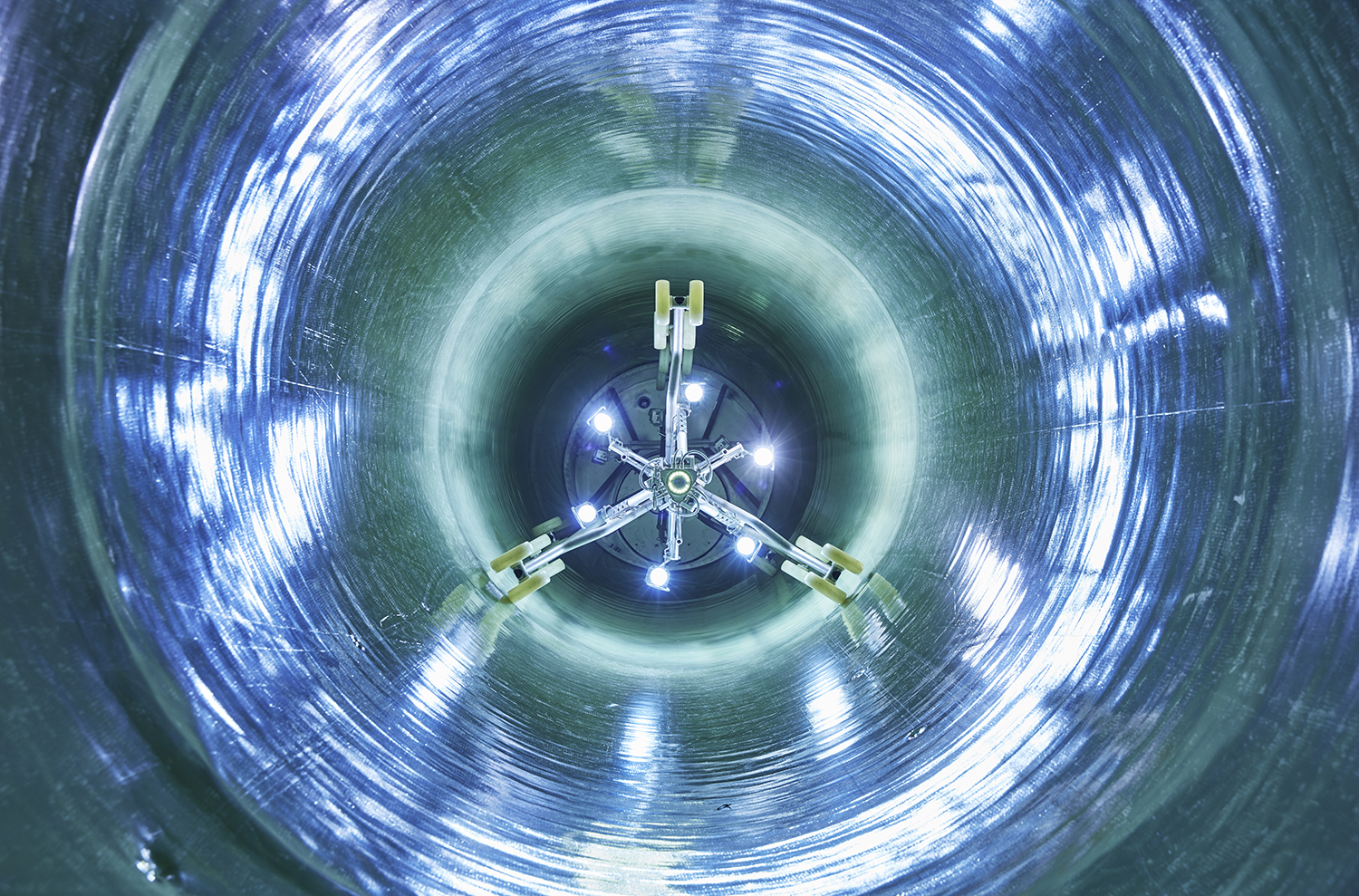UV-Cured CIPP: Benefits Of The UV Lining Technology
Traditional methods of repairing pipelines such as (open-cut) excavation and replacement may be used widely for centuries however they do come with significant downsides.
The pitfalls of utilising traditional ways of repairing pipelines come with disruption and inconvenience and are typically very costly and time-consuming. Project timelines can be unpredictable and material replacement and restoration are just some of the associated costs due to the labour-intensive nature of excavation.
Environmental impact and sustainability are becoming an increasing concern and traditional excavation-based pipeline repairs can cause a disruption to the ecosystem by causing soil erosion and pollution, potential flooding and other site disturbances.
Despite pipeline repairs posing safety risks generally, traditional methods of repair can cause even further safety concerns, particularly in situations where the removal of obstacles in limited spaces is required.
Benefits of (UV) CIPP Lining Technology
Cured-In-Place Pipe (CIPP) minimises the need for invasive excavation and allows less disruption to both infrastructure and communities. Repairing pipelines by accessing existing access points as opposed to extensive open-cut excavation and point repairs can significantly reduce time and cost. And because the site footprint is smaller, community disruption is lower too.
One of the benefits of CIPP is creating a trenchless and seamless lining which is done by inserting flexible liners which are then impregnated with a resin and finally inflated and cured until it sticks to the walls of an original pipe. This way, the occurrence of leaks and root intrusions can be eliminated.
UV Lining technology
UV CIPP lining technology offers even further benefits. These include even faster installation when compared to other traditional CIPP techniques where curing can speed up to 2 m per minute.
Safety risks are lower; because UV technology does not require impregnation on-site, potentially hazardous conditions for workers are minimised. By eliminating the use of water and heavy water equipment, as well as steam (both create gases), serious injuries resulting from falls, electrocutions and cave-ins can be avoided.
UV-cured liners are more durable and stronger than ambient-cured, particularly if the glass is utilised. This means that fibreglass-reinforced liners can have a working life of over 50 years and will never corrode.
Disruption and disturbances to a property are always inconvenient. Regardless of the size of a pipeline and a site, digging can lead to unwanted changes to the landscape. Backfills, if done improperly can expose pipes or affect the grading and drainage of a property
One of the biggest benefits of UV technology is its low environmental impact and minimal C02 emissions. UV curing doesn’t involve a release of styrene, a potentially harmful compound found in conventional resins which can when exposed long term and frequently, cause various health complications.
Traditional CIPP methods require bypass pumping thereby higher energy consumption leaving again the ultra-violet method more environmentally efficient.
Ultraviolet Lining Technology with Scanprobe and Renoline
We have the capability to cure 150mm – 1200mm pipe diameters and lining single lengths of up to 200m. By combining the ProKASRO premium quality UV technology system and IMPREG liner GL16, the bespoke structural design and chemically resistant liner, we offer both financial and technical benefits.

Image source: IMPREG
Contact or visit www.renoline.co.uk/uv-lining-services for more information on why this leading-edge, no dig pipeline repair solution makes a difference. You can also fill in a form or call 02045052000 for a free quotation.

